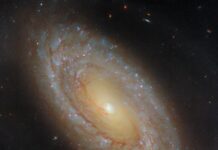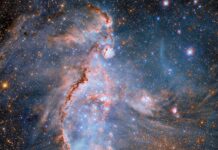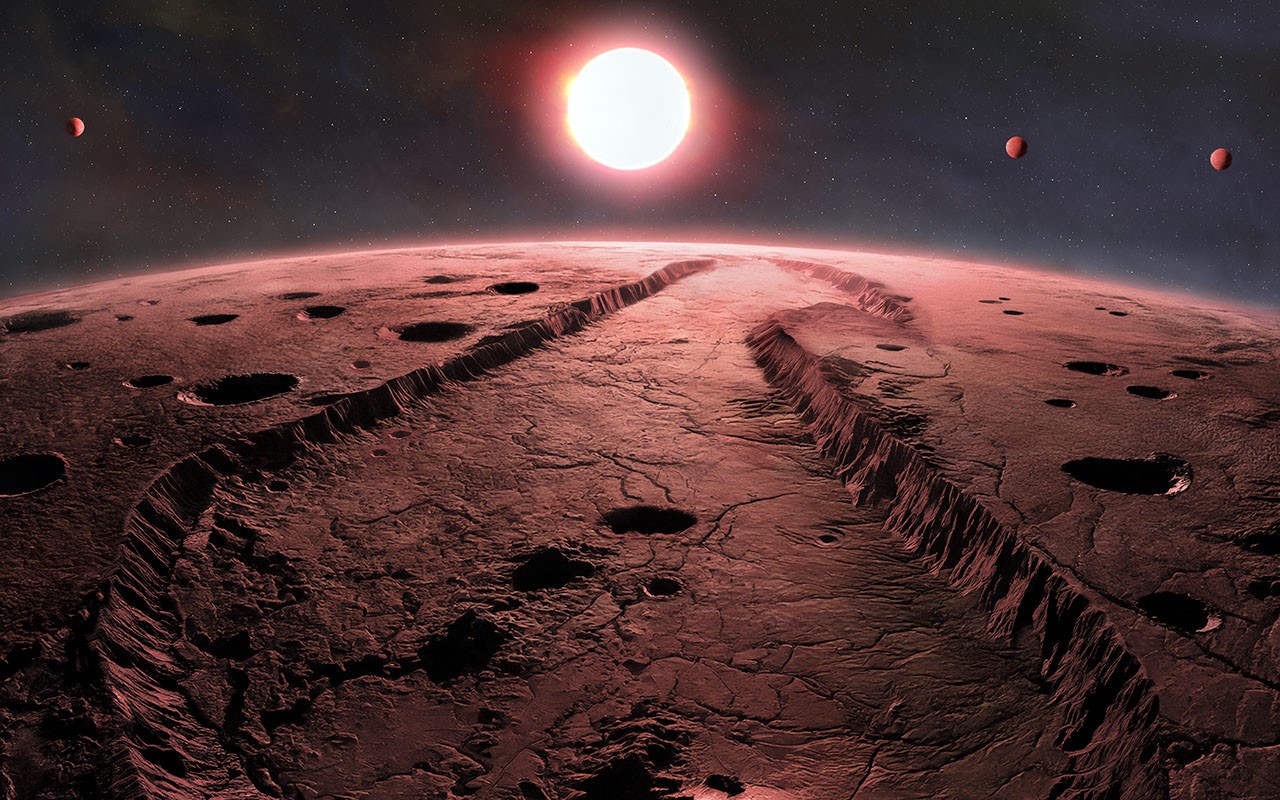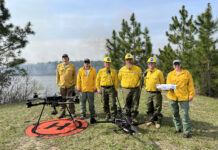Discovery of Four Rocky Planets Orbiting Barnard’s Star
In a significant astronomical breakthrough, scientists have confirmed the existence of four rocky planets orbiting Barnard’s Star, which is the nearest single star to our solar system after the three-star Alpha Centauri system. Located approximately six light-years away, Barnard’s Star has a storied history among astronomers due to numerous false detections of planets in its orbit. However, recent advancements in high-precision technology have solidified the discovery of these four planets, marking a milestone in the study of exoplanets, which are planets that orbit stars outside our solar system.
Advanced Techniques in Exoplanet Detection
The confirmation of these planets is particularly notable due to their diminutive size. Detecting small celestial bodies at such vast distances requires cutting-edge instruments and innovative observational techniques. One of the primary methods used for detecting exoplanets is the radial velocity technique. This method involves observing the subtle shifts in the spectrum of light emitted by a star. These shifts occur because of a planet’s gravitational pull, which causes the star to move slightly back and forth as the planet orbits it.
For smaller planets, like the ones orbiting Barnard’s Star, this gravitational tug is less pronounced, making detection more challenging. The planets in question are each between one-fifth and one-third the mass of Earth. Complicating matters further, stars like Barnard’s are known to exhibit natural jitters and quakes, which generate a background "noise" that can obscure the faint signals emitted by these small, orbiting worlds.
Overcoming Challenges in Data Analysis
Astronomers measure the shifting of starlight in meters per second. In this study, the radial velocity signals from the four planets ranged from just 0.2 to 0.5 meters per second, comparable to a person walking at about 1 meter per second. In contrast, the noise from the star’s natural activity is about ten times larger, approximately 2 meters per second. To differentiate the planetary signals from this stellar noise, astronomers developed sophisticated mathematical models to accurately identify and remove the noise from the collected data.
Instruments and Confirmations
The breakthrough study confirming these four small worlds—designated as planets b, c, d, and e—was made possible by data obtained from MAROON-X, a highly advanced radial velocity instrument attached to the Gemini Telescope located atop the Maunakea mountaintop in Hawaii. This instrument confirmed the detection of the "b" planet, initially observed with data from ESPRESSO, another radial velocity instrument linked to the Very Large Telescope in Chile. The recent study also unveiled three additional sibling planets in the same stellar system.
Habitability and Future Implications
Despite their exciting discovery, these planets orbit their host star, a red dwarf, at such close proximity that they are unlikely to support life as we know it. The closest planet completes an orbit in just over two days, while the farthest takes nearly seven days. These brief orbits suggest that the planets are too hot to sustain life. Nevertheless, the detection of these planets holds promise for the ongoing search for extraterrestrial life. Scientists believe that rocky planets similar in composition to Earth may be the best candidates for hosting life. However, until now, such planets have been notoriously difficult to detect and study.
The use of high-precision radial velocity measurements, paired with advanced data extraction techniques, may pave the way for discovering more potentially habitable worlds. This technological advancement could significantly enhance our understanding of planets outside our solar system, potentially revealing new, life-bearing environments.
Historical Context and Scientific Contributions
Barnard’s Star was first discovered in 1916 by Edward Emerson Barnard, a pioneering figure in the field of astrophotography. This recent discovery of planets orbiting Barnard’s Star is the result of an international collaboration led by Ritvik Basant from the University of Chicago. Their findings were published in March 2025 in "The Astrophysical Journal Letters," a respected scientific journal. The planets have also been officially cataloged in the NASA Exoplanet Archive as of March 13, 2025.
For those interested in further information about this groundbreaking discovery, the original research paper titled "Four Sub-Earth Planets Orbiting Barnard’s Star from MAROON-X and ESPRESSO" can be accessed in "The Astrophysical Journal Letters."
In conclusion, this discovery represents a significant leap forward in the field of astronomy and exoplanet research. It showcases the potential of modern technology to reveal the hidden secrets of our galaxy, deepening our understanding of the universe and the potential for life beyond Earth. As scientists continue to refine their techniques and technologies, the future of space exploration and discovery looks incredibly promising.
For more Information, Refer to this article.



















![Samsung’s Breakthrough Fuels Progress in Science and Industry: Interview How Samsung’s Engineering Feat Became a Catalyst for Scientific and Industry Advancement [Interview on Real Quantum Dots Part 2.]](https://www.hawkdive.com/media/samsung-tvs-and-displays-samsung-quantum-dots-technology-qled-tvs-quantum-dots-experts-interview-par-218x150.jpeg)













